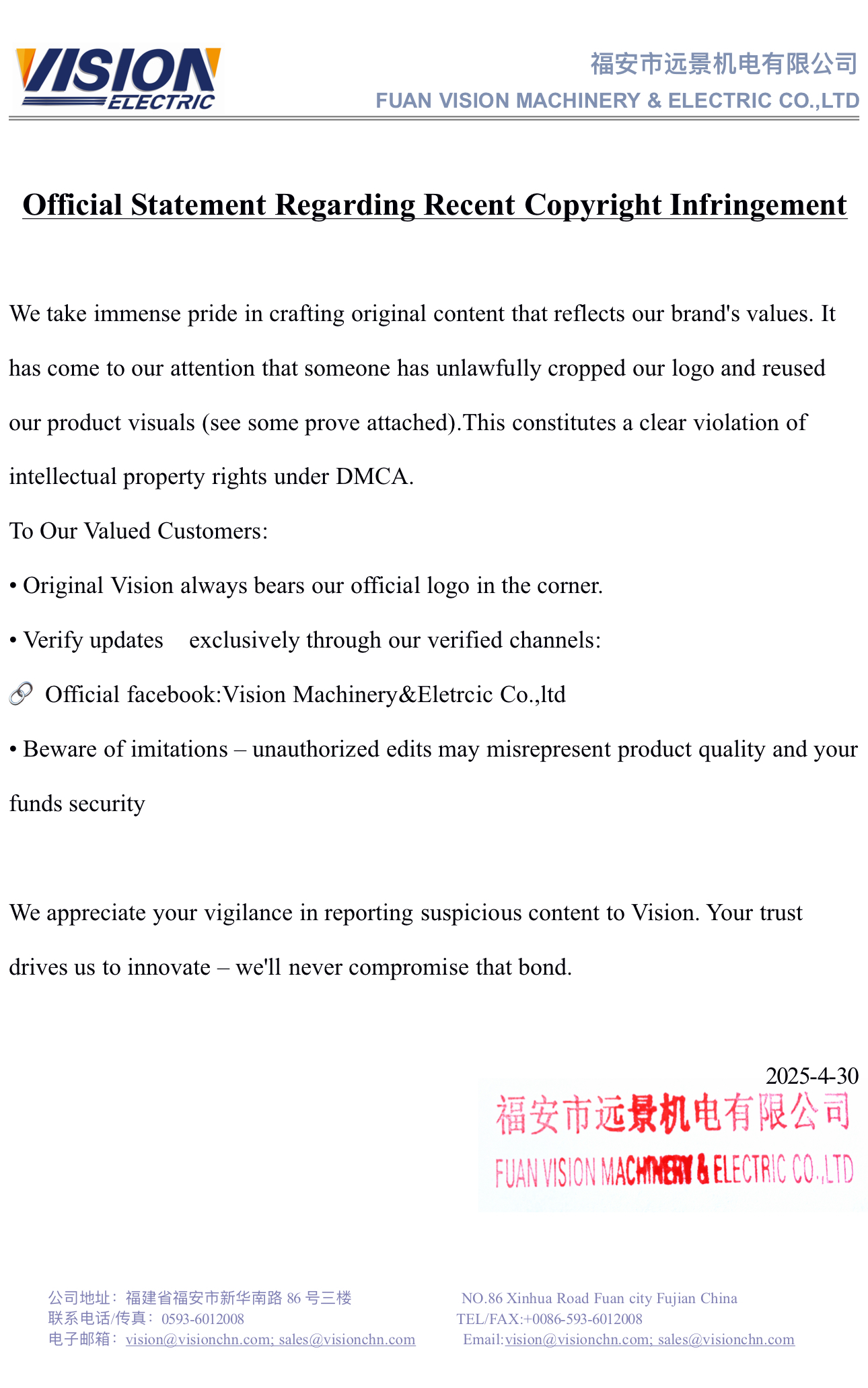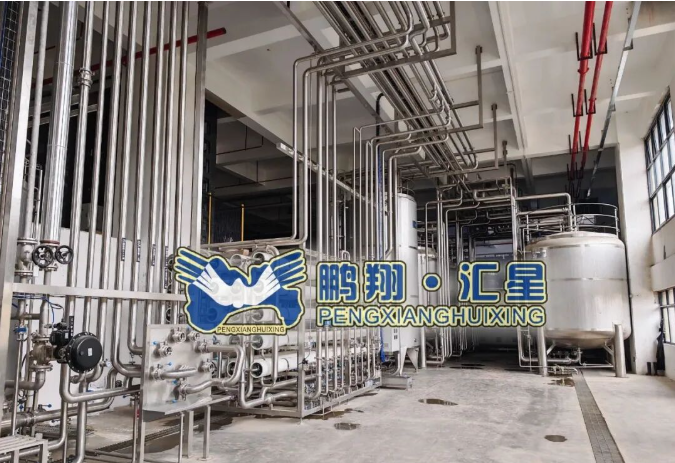Hand pumps have been a vital tool for centuries, enabling the transfer of fluids in various industries. Understanding the mechanical advantage of hand pumps is crucial for comprehending their efficiency and practicality. In this blog post, we will delve into the intricacies of hand pumps, exploring their design, working principles, and the advantages they offer in fluid transfer applications.
- The Basics of Hand Pumps:
Hand pumps are mechanical devices designed to transfer fluids, typically liquids, from one location to another. They consist of a piston or plunger mechanism, a cylinder, and an inlet and outlet valve system. The mechanical advantage of a hand pump lies in its ability to amplify the force applied by the user, resulting in increased fluid transfer efficiency. - Leveraging Pascal's Law:
Hand pumps operate based on Pascal's law, which states that pressure exerted on a fluid is transmitted equally in all directions. When the user applies force to the pump handle, it creates pressure on the fluid, forcing it to move through the pump's system. The mechanical advantage is achieved by utilizing the principle of pressure amplification. - Understanding Piston and Cylinder Design:
The design of the piston and cylinder plays a crucial role in the mechanical advantage of hand pumps. The piston, typically made of durable materials such as stainless steel or brass, fits snugly inside the cylinder. The tight seal between the piston and cylinder prevents fluid leakage, ensuring efficient transfer. - Inlet and Outlet Valve System:
Hand pumps incorporate an inlet and outlet valve system to control the flow of fluid. The inlet valve allows fluid to enter the pump, while the outlet valve ensures fluid flows in the desired direction. These valves are designed to open and close at specific pressure differentials, optimizing the mechanical advantage of the pump. - Advantages of Hand Pumps:
a. Portability and Versatility: Hand pumps are compact and lightweight, making them ideal for applications where mobility is essential. They can be used in remote locations or during emergencies, providing a reliable fluid transfer solution.
b. Cost-Effectiveness: Hand pumps eliminate the need for electricity or fuel, reducing operational costs significantly. They are an economical choice for fluid transfer in areas with limited resources.
c. Reliability and Durability: Hand pumps are known for their robust construction, ensuring long-term reliability. They can withstand harsh environments and demanding conditions, making them suitable for various industries, including agriculture, construction, and disaster relief.
Conclusion:
Hand pumps offer a remarkable mechanical advantage, enabling efficient fluid transfer in diverse industries. By harnessing Pascal's law and utilizing well-designed piston and cylinder systems, hand pumps provide a portable, cost-effective, and reliable solution for fluid transfer needs. Whether in remote locations or during emergencies, hand pumps continue to revolutionize the way fluids are transferred, ensuring the availability of vital resources worldwide.



+ There are no comments
Add yours